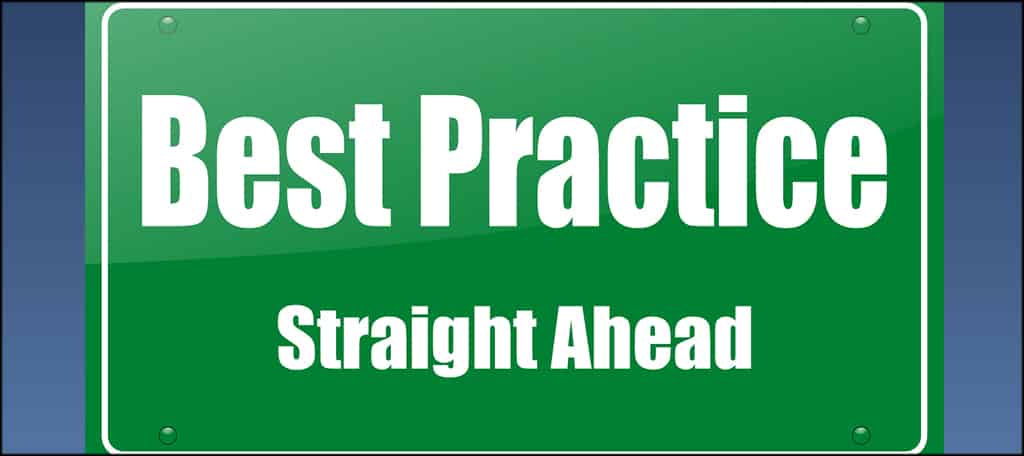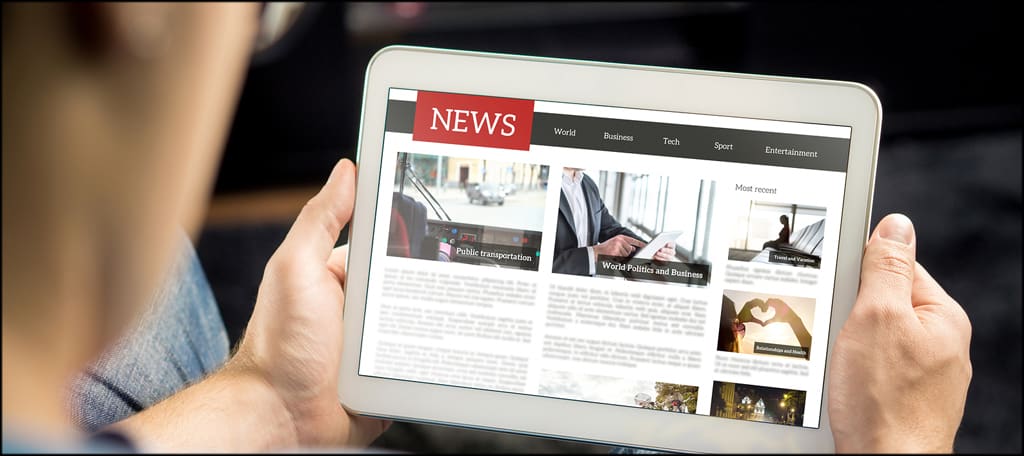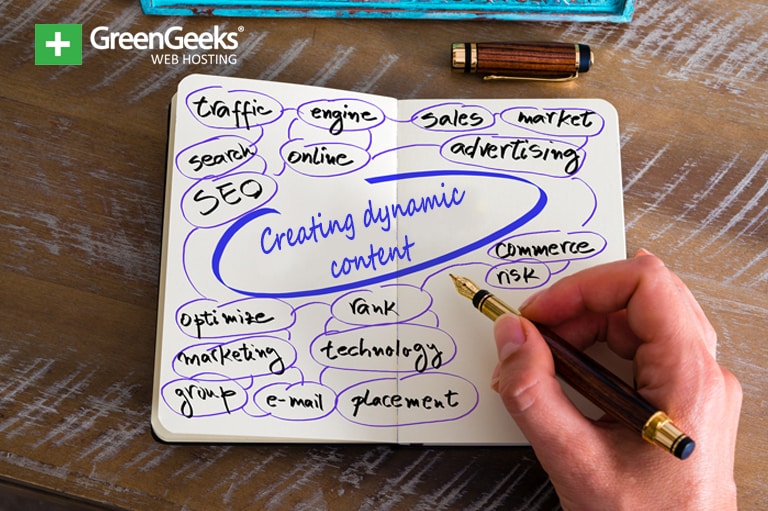Dynamic content is basically defined as any digital or other online content that changes over time based on types of data. It can change because of user behavior or user preference. Dynamic examples of content include text, audio, and video formats.
In the following article, we will dive into dynamic content together and talk all about it. We are going to cover a number of things regarding this type of content.
Let’s start by getting into a more detailed explanation of what it is.
What is Dynamic Content?
So we know that dynamic content is content that changes and adapts over time. However, let’s dig a little deeper. This content automatically adapts to a number of pre-defined conditions, like a user signal.
The content on the website will adjust “dynamically,” or in real-time, based on how it is put in and the CMS. Different users may see different content in some cases.
This is because dynamic content will allow websites to individually adapt to different site visitors. The website will use several different ways to detect user specifics and characteristics. This data is taken and matched with the relevant content accordingly.
A good example of this is an online store. If you are a frequent user or shopper for a specific online store, your experience with the website is probably a lot different than the experience of a first-time user.
Processes of conversion are different depending on who is visiting. Newcomers will experience one thing, repeat site users will experience quite another.
It should be noted that it is almost impossible to present dynamic homepage content or any other dynamic content with a static HTML web page. An online shop or other dynamic content website system is usually in PHP or something else.
This content can be displayed in a variety of different forms. The way it is usually presented is based on the type of website you are on. However, things like pictures, text, videos, newsletters, and other web forms are often great examples of this content being used.
Dynamic Content Benefits

Since dynamic content is able to respond to a set of rules based on the individual user, it can become a more valuable tool than static content. That isn’t to say static content is not good, it is actually great. However, for certain things, dynamic content and the possibilities far outweigh its static counterpart.
Things like using a browser history to show matching or additional products you might be interested in is a perfect way to use dynamic content. Things like this will keep people on your site longer as well.
When a website is adapting and changing based on user need, it becomes more of a personal experience for the user. This makes it easier for them to navigate around, and also makes staying on the site longer more likely.
Other benefits of using dynamic content include things like increased relevancy, personalizing a user experience, and allowing your site to move faster.
In most cases, dynamic content loads fast and easy.
The Different Ways Dynamic Content is Used
In order to create effective dynamic content, collection of information and data from different site users is needed. This will involve using cookies, or another tracking method.
This will give you results regarding how many times a user clicks through a page, how long they were on certain pages, and other details of their site usage that will be valuable.
Website owners can also gather data from site users using methods like a sign-up form, newsletters, site registrations, and purchasing processes. This type of data is usually stored on background databases and made available when needed.
There are a lot of questions that are answered when putting dynamic content together. Some of the more specific ones include:
- How many times has a user visited a website?
- How many pages are they visiting, what pages are they visiting, and how long are they staying to read specific content?
- What has the user previously purchased or viewed?
- At what point does the user get to decide what they see and how they interact with the site?
- What are some specific features of users? These things include age, profession, position on-site, and other data.
- What forms and what pages (if different) will be displayed for the specific user.
- What searches has the website user performed on his or her preferred search engine?
- How did users access your site? What different methods were used? These may include links, newsletters, social media, ads, or organic searches.
- What type of device was used to access the website? Mobile phones, tablets, desktops?
- What browser was used to search and access the website?
So when all these questions have been answered appropriately, you can use the answers and apply them to different types of dynamic content.
Different Ways to Present Dynamic Content

There are a number of excellent ways to present dynamic content to your users. Here are some of the most popular methods.
Newsletters and Emails
Both newsletters and emails are probably the most basic and classic forms of dynamic content being presented. Customized emails or customized form fields for specific users have been around for a long time. Presenting your dynamic content this way is always a good choice. And some newsletter plugins will display any updated content you re-purpose.
Landing Pages
A landing page is built specifically to target a certain thing. Whether it is a product or a service, the landing page acts as an informational doorway to what you are selling. Take it further by presenting a landing page that uses dynamic content to display different information and items based on who is viewing it.
Articles
Articles can be used to display dynamic content based on the device that is being used to read the article. The content can be displayed properly on any device and screen size. This is why your website should be mobile friendly and responsive. Giving the user viewable content no matter where they access it.
Forms and Purchases
Different form and purchase fields or other information can be displayed based on how the checkout is going, who the user is, and what their interests are. When you have the right questions above answered, then tailoring your processes for different users makes the entire experience much better for them.
Product Pages
Online stores will use product pages to cross-sell and match related items for the site user. This is dynamic content at work using certain things to match up what we think the user wants to see. You can bounce offers like sales and coupons or other special recommendations as well.
Website Ads
Ads on website and on Google can use answers to specific questions to show relevant ads based on the user. These ads display content on what searches and interests the website visitor has. This makes ad interaction and click-throughs much more likely.
Dynamic Content vs Static Content
At this point, you have a pretty good grasp of what dynamic content is, how it is used, and how it is presented. So how does this content stack up against static content? Well, static content has been around since the very beginning stages of the internet.
Static content is still very useful, and it is much easier to implement than dynamic content. However, static content does not allow for personalization, and it can reduce the overall performance of a website.
Even though this type of content is tougher and more time consuming to set up, the results you get speak for themselves. Some of the main benefits of using dynamic content include:
- A better user experience.
- Increased conversion rates, bounce rates, and return visits.
- Page layout does not break no matter what device people are using.
- Usually, once the content is live, you don’t have to maintain it.
Dynamic Content Best Practices

Making your content interactive takes time, money, and a lot of work. However, it is definitely worth the investment. Here are some best practices to consider when it comes to dynamic content.
Understand Your Customer and Users First
This is why you take time and answer certain questions. It is pointless to develop content without knowing or understanding your customers and website users.
Take time to figure out how people are interacting with your site and use that data to craft well thought out pieces of dynamic content that will benefit you and your website users and customers.
Use Data to Monitor Your Content
You should be using specific data to monitor all your content. Sometimes, you might make adjustments to content depending on how visitors are using it.
Are people sharing your content? Are users clicking away from pages too fast? What adjustments you have to make in order to get the most out of the content you created.
Always Consider Mobile
Sometimes this is easier said than done. If you are using a CMS like WordPress, oftentimes your content will display properly in mobile and on tablets without extra work. However, always make sure your content is mobile-friendly by conducting tests.
Experiences on mobile are important for users. Do you have touchpoints? Are there clickable links and click-to-calls in place? Does the email link work properly? Are your images optimized for mobile and displaying the right way?
These are all things to consider and test out when building content for your audience.
Personalize Dynamic Content
Dynamic content is already a process to make the entire website a more personalized experience for a user. You can still go a step further though by making a user feel important. This will lead to more conversions and sales.
If you think about it in terms of the four main stages of a buyer’s lifecycle, it will really help you with the personalization experience. These are:
- Attract
- Engage
- Convert
- Delight
If you craft your content for extra personalization and form it around those four stages, then you are going to have some very happy website users and customers.
Remember, there are a number of studies out there help determine what type of content brings users back. A major one in 2013 done by Harris Interactive and Janrain showed that almost 75% of online customers get frustrated when they see pieces of content that have nothing to do with what they are looking for.
In fact, relevance is what spearheads most of Google’s most recent algorithm changes for search results.
Simply put, consumers and all other website visitors want the most relevant website experiences they can get. Dynamic content is how you give them this, so when you are crafting it, think about all of the above.
You can develop your content properly and in a relevant way by using these best practices.
Dynamic Content is Different from Web Personalization

Yes, dynamic content is personalizing the overall experience for the site user or customer. This content differs from web personalization.
The main difference is this; Dynamic content automatically changes and updates based on user experience, background, movements, searches, and everything else you find out about them. Web personalization is something the user actually does themselves based on the options you provide.
Here is the example in more clear terms:
Netflix Dynamic Content: When you open your Netflix account and you see recommendations based on what you have watched and searched for in the past. That is dynamic content.
Netflix Personalization: When you open your Netflix account and go to your settings and change some information, update your icon, block content or add titles to your Watch List. That is web personalization.
Understanding the difference between the two is important so you can integrate them together and make them both work for you.
Final Thoughts
Dynamic content is such an important tool now that most sites are using the method. Using it on your own website means that not only are you trying to keep users and customers coming back, but you are giving them a lot of personalized reasons to do so.
Even though proper dynamic content takes a while to develop properly, when put into use, it simplifies and upgrades the processes for your users. This will increase your conversion rates, and the amount of work you have put into developing dynamic content is worth it.

